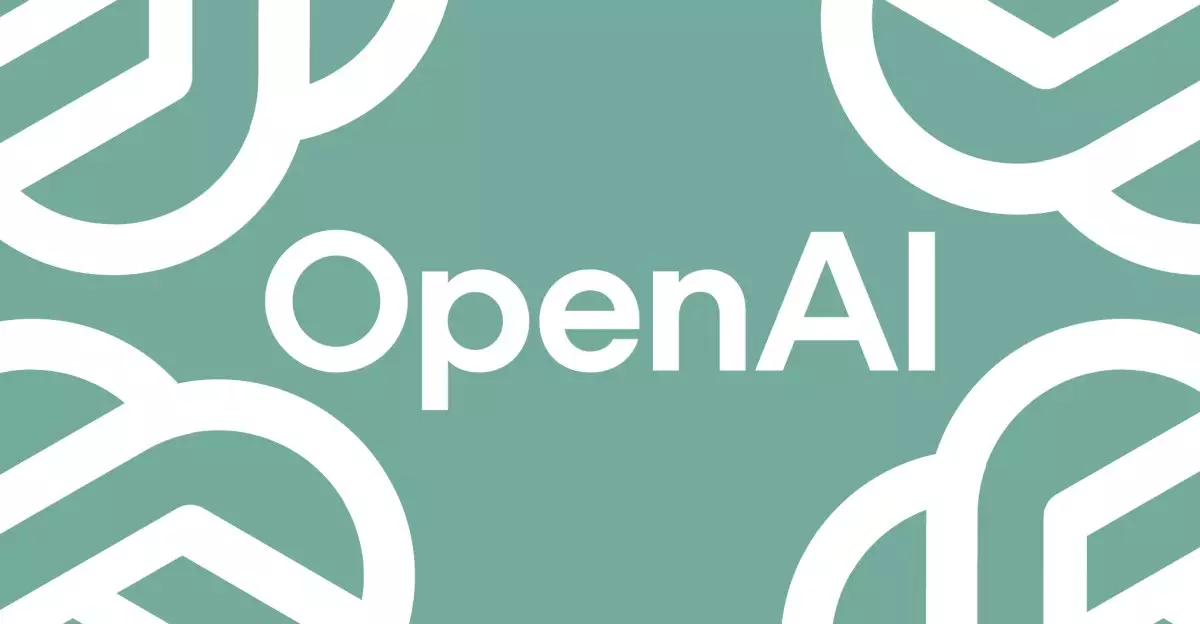OpenAI’s recent unveiling of GPT-4.1 signals a pivotal moment in the evolution of artificial intelligence. This multimodal model surpasses its predecessors, notably the GPT-4o, by introducing significant enhancements in performance metrics and cost-effectiveness. As we delve deeper into its attributes, it’s essential to recognize the implications of these advancements on the AI landscape and the broader tech ecosystem.
Contextual Understanding and Performance Enhancements
The cornerstone of GPT-4.1’s improvements lies in its expanded context window. With a staggering capacity to manage up to one million tokens—vastly larger than the scant 128,000 tokens of GPT-4o—this model presents a revolutionary leap in handling intricate prompts. This increased context sensitivity allows GPT-4.1 to maintain relevance and accuracy in responses across a spectrum of inputs, including complex textual exchanges and multimedia content. OpenAI’s assertion that GPT-4.1 is “better in just about every dimension” speaks to its versatility in both coding and nuanced instruction following, establishing a new standard for AI interaction.
Accessibility and Developer Options
Another noteworthy aspect of GPT-4.1’s launch is its dedication to accessibility for developers. Apart from the primary model, OpenAI has introduced two smaller variants: GPT-4.1 Mini and GPT-4.1 Nano. Designed for affordability and efficiency, these models allow developers to experiment without facing prohibitive costs. By offering a range of capabilities tailored for different needs, OpenAI not only democratizes access to advanced AI technologies but also encourages innovation and creativity within the developer community.
Cost-Effectiveness and Competitive Edge
In today’s rapidly evolving AI landscape, affordability remains a crucial consideration. OpenAI’s strategic positioning of GPT-4.1—26 percent cheaper than its predecessor—demonstrates a keen awareness of market dynamics. The rise of competitors, such as DeepSeek’s ultra-efficient model, has necessitated this shift towards economical solutions. In an era where companies are scrutinizing costs more than ever, GPT-4.1’s pricing not only enhances its appeal but also solidifies OpenAI’s competitive stance.
The Future Beyond GPT-4.1
As OpenAI phases out older models like GPT-4 and the interim GPT-4.5, it’s evident that the company is steering towards long-term evolution rather than immediate profit. This strategic approach reveals how tech companies need to prepare for future advancements, especially considering the delay in the highly anticipated GPT-5 model. CEO Sam Altman’s decision to postpone the launch indicates a commitment to refining AI capabilities before release, aligning with the necessity for robust, reliable models in a constantly shifting technological landscape.
As GPT-4.1 rises to prominence, it brings a wave of transformative potential that could redefine numerous sectors, from education to healthcare. By enhancing contextual understanding and making AI more accessible, OpenAI is not merely creating another model; it is fostering a paradigm shift in how artificial intelligence can be integrated into everyday scenarios. The promise of this advancement underscores the importance of continued investment in AI research, ensuring that we harness its full potential responsibly and ethically in the complex world ahead.

